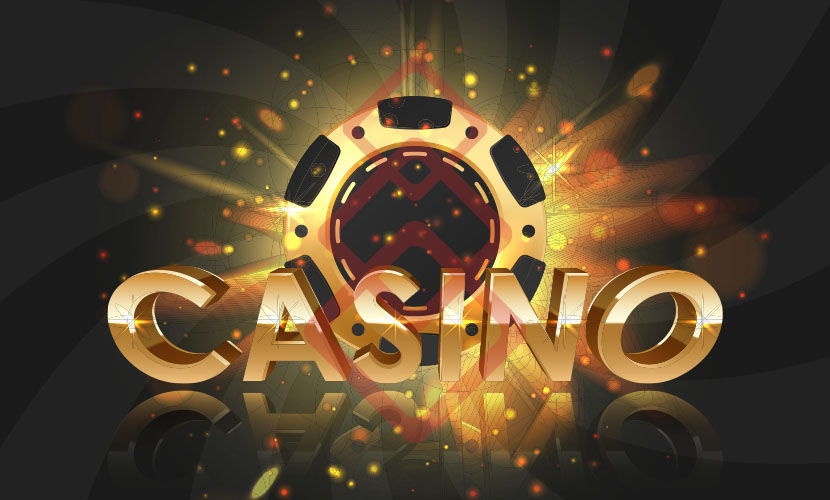
What Are the Best Loyalty Programs for Customers
In today’s competitive market, businesses continuously strive to retain customers and improve their overall experience. One of the most effective strategies for achieving this is through loyalty programs. These programs not only reward customers but also encourage them to return, creating long-term relationships. In this article, we will delve into the intricacies of loyalty programs and help you understand What Are the Best Loyalty Programs in Bangladeshi Online Casinos? Superbet login among the top platforms that utilize effective loyalty strategies.
What is a Loyalty Program?
A loyalty program is a marketing strategy designed to encourage customers to continue to shop at or use the services of businesses associated with the program. These programs typically reward customers with points, discounts, or other benefits when they make purchases. The central goal is to foster consumer loyalty by enhancing the overall shopping experience and providing value beyond the standard transaction.
The Importance of Loyalty Programs
Loyalty programs play a pivotal role in the relationship between a business and its customers. They do not just entice customers to make additional purchases, but also increase the average transaction value. When customers know that they can earn rewards, they are likely to spend more per visit. Beyond the financial aspect, well-structured programs help companies to gather data on customer preferences, shopping behaviors, and trends, which can inform product development and marketing strategies.
Top Benefits of Loyalty Programs
- Increased Customer Retention: Retaining an existing customer is significantly cheaper than acquiring a new one. Loyalty programs encourage repeat business.
- Valuable Customer Insights: Programs provide insights into customer preferences and behaviors, enabling personalized marketing.
- Enhanced Customer Experience: Customers appreciate being rewarded for their loyalty, which can lead to higher satisfaction and brand affinity.
- Competitive Advantage: A well-executed loyalty program can differentiate a brand in a saturated market.
Types of Loyalty Programs
There are several types of loyalty programs, each with unique structures and benefits. Understanding the different types can help businesses choose the right program that aligns with their goals and customer expectations.
1. Points-Based Programs

Points-based programs are among the most common types of loyalty programs. Customers earn points for their purchases, which they can later redeem for discounts, free products, or exclusive offers. This program is simple to understand and allows customers to track their progress towards rewards.
2. Tiered Programs
Tiered loyalty programs segment customers based on their spending levels. As customers move up tiers by spending more, they unlock greater rewards. This system motivates customers to reach higher spending thresholds for better benefits.
3. Subscription Programs
Subscription loyalty programs require customers to pay a regular fee for membership in exchange for exclusive benefits, such as free shipping, discounts, or special access to products. This model works well for businesses focused on delivering high value and commitment.
4. Cash Back Programs
Cash back programs give customers a percentage of their purchases back as cash or credits, which can be applied to future purchases. This model is particularly appealing to customers who prefer direct rewards.
Characteristics of Successful Loyalty Programs
Not all loyalty programs are created equal. Successful programs share certain characteristics that engage customers and drive repeat business.
- Simplicity: Customers should easily understand how to earn and redeem rewards. Complicated rules can lead to frustration.
- Value: The perceived value of the rewards should meet or exceed customer expectations. If rewards are too difficult to attain, customers may lose interest.
- Personalization: Tailoring offers based on customer data enhances the relevance of rewards and increases engagement.
- Multi-Channel Access: Programs should be accessible across various platforms, including apps, websites, and in-store, to reach customers wherever they shop.
Examples of Successful Loyalty Programs
Several companies have successfully implemented loyalty programs, reaping significant benefits and enhancing customer engagement. Here are a few noteworthy examples:

1. Starbucks Rewards
Starbucks Rewards is a prime example of a points-based loyalty program. Customers earn stars with every purchase, which can be redeemed for free drinks, food, and special promotions. The app enhances the experience by allowing customers to order ahead, track their rewards, and receive personalized offers.
2. Amazon Prime
Amazon Prime operates as a subscription loyalty program providing various benefits, including free shipping, streaming services, and exclusive deals. The comprehensive value of membership keeps customers returning, resulting in increased spending across the platform.
3. Sephora’s Beauty Insider
Sephora’s Beauty Insider program utilizes a tiered system where customers can earn points for every dollar spent. Members receive beauty points for rewards, birthday gifts, and exclusive access to products, fostering strong loyalty.
Challenges in Implementing Loyalty Programs
While loyalty programs offer numerous advantages, businesses may face challenges while implementing them effectively.
- Customer Engagement: Ensuring that customers remain engaged and continue participating in the program can be difficult without continuous innovation and exciting rewards.
- Data Management: Collecting, analyzing, and managing customer data is essential for personalizing offers but poses significant challenges in terms of privacy and organization.
- Cost: Designing and maintaining an effective loyalty program may involve upfront costs, which can be a barrier for smaller businesses.
Conclusion
As consumer expectations evolve, loyalty programs continue to be an essential tool for businesses seeking to retain customers and drive growth. The best loyalty programs are those that provide genuine value, engage customers meaningfully, and adapt to changing preferences over time. By understanding the different types of loyalty programs, their benefits, and the challenges faced in implementation, businesses can create effective strategies that enhance customer experiences and foster long-term loyalty. As we continue to explore new technologies and trends, the future of loyalty programs looks promising for both consumers and businesses alike.